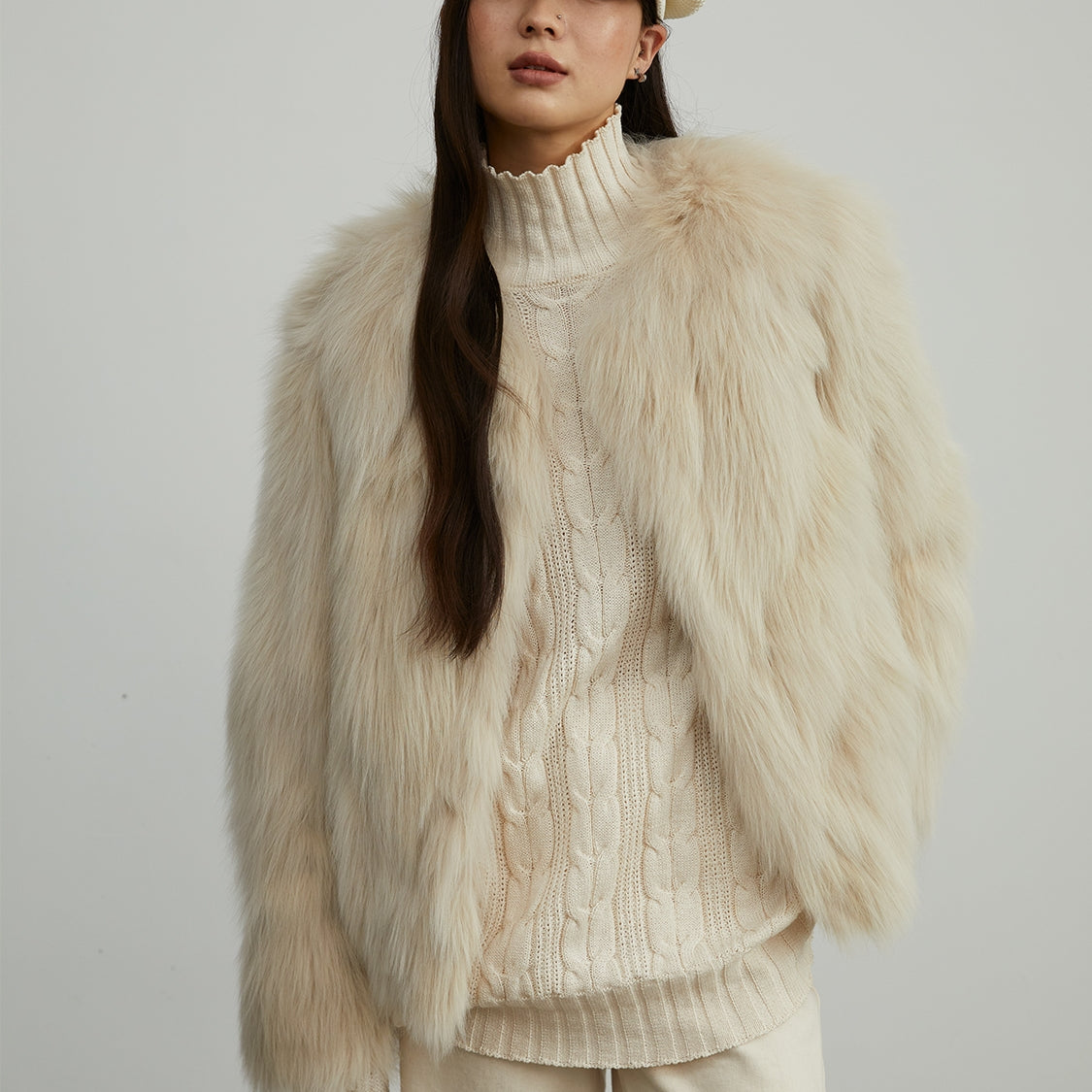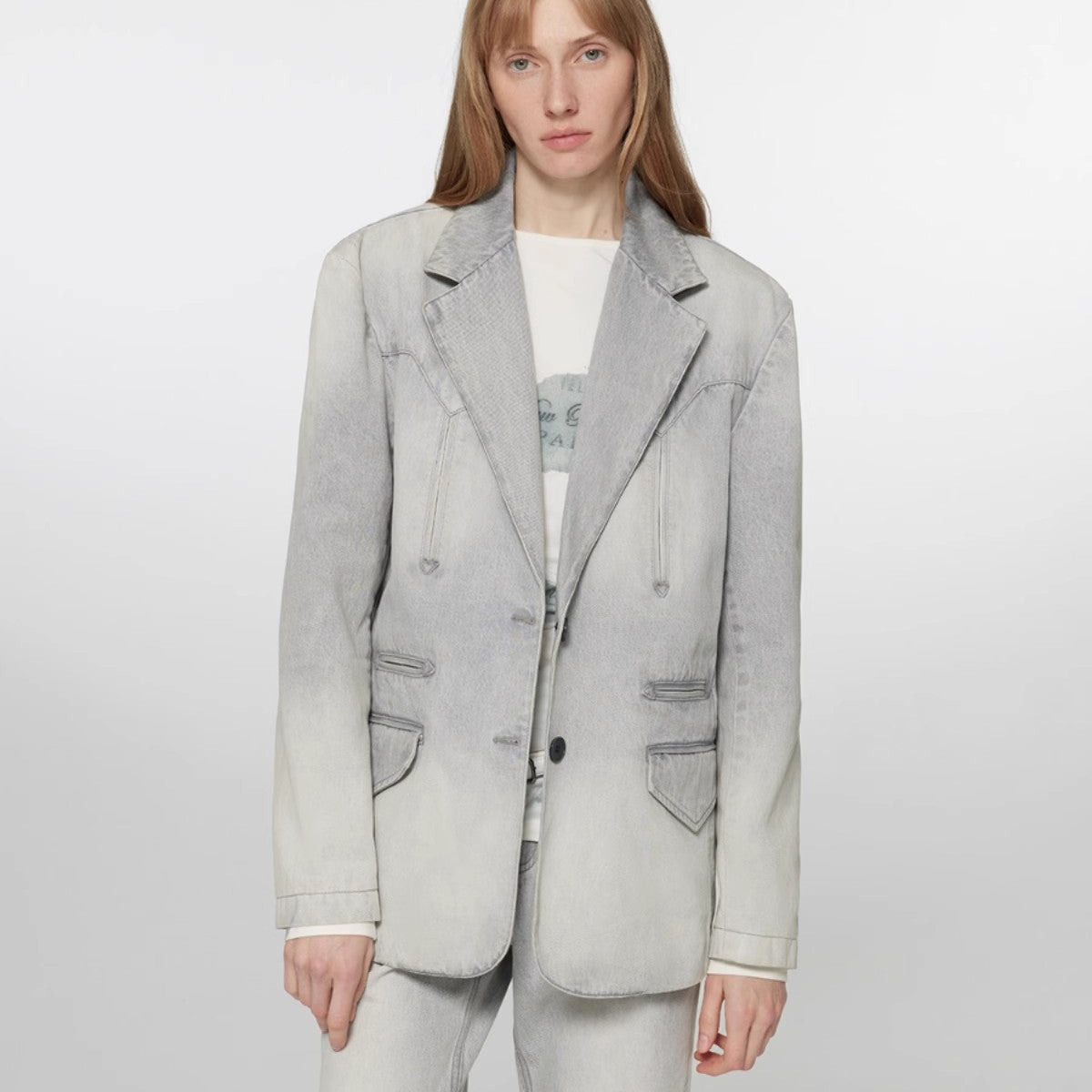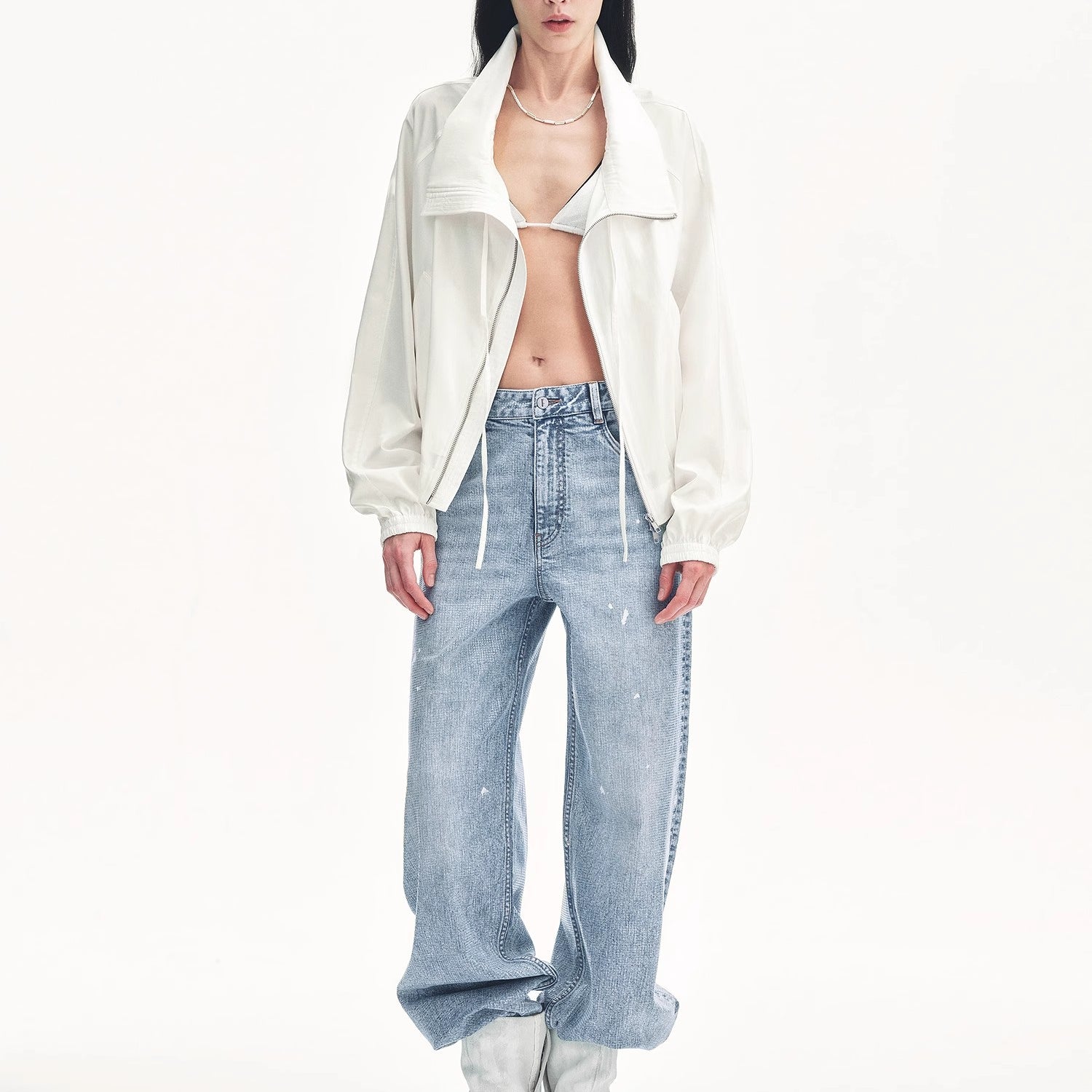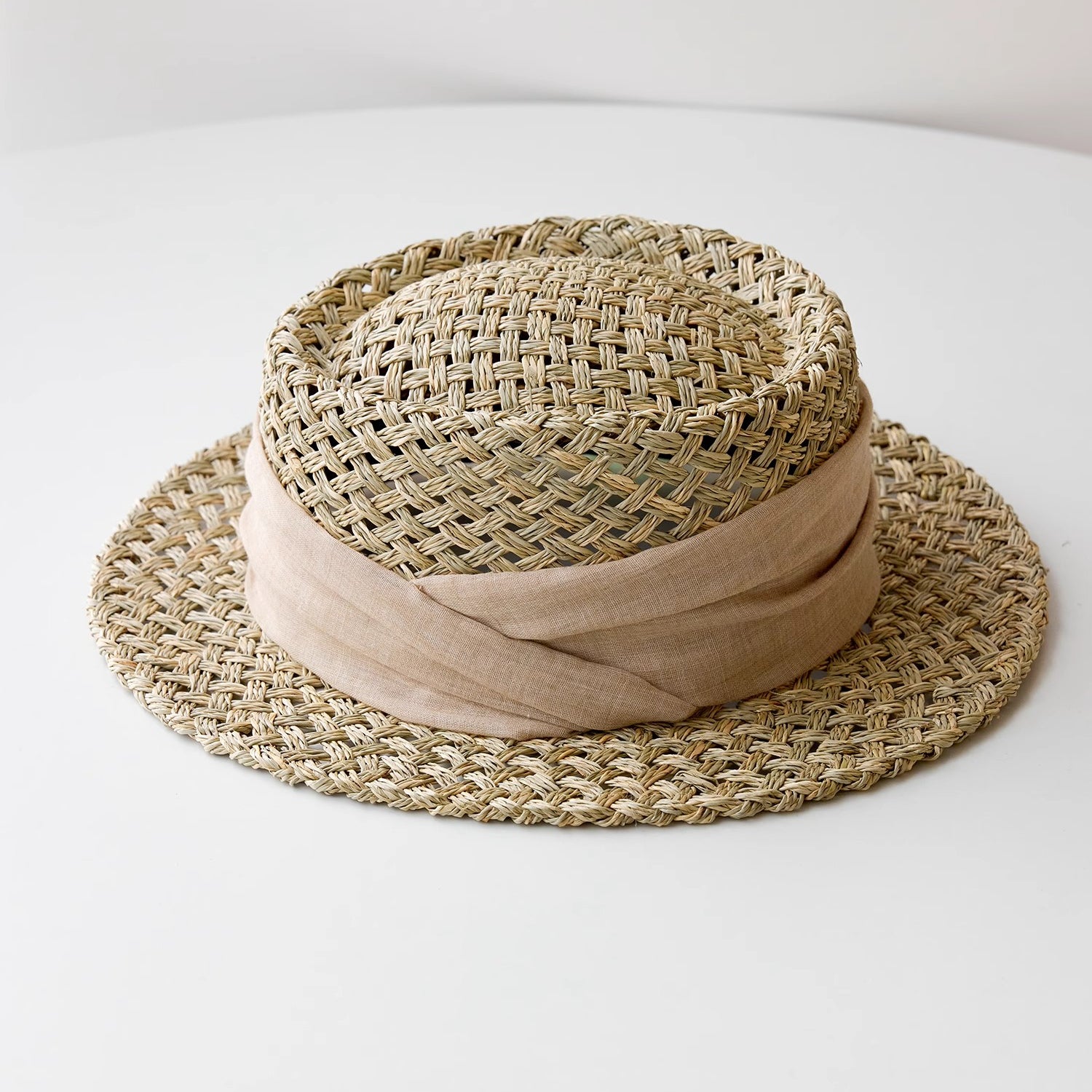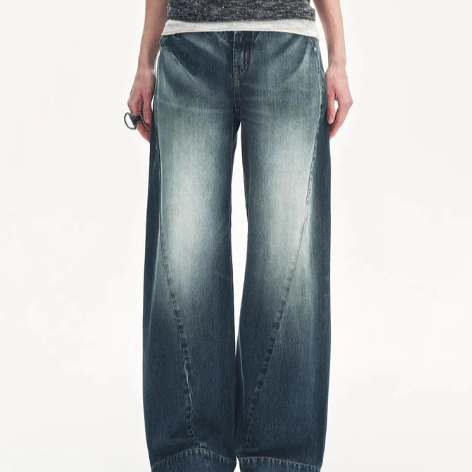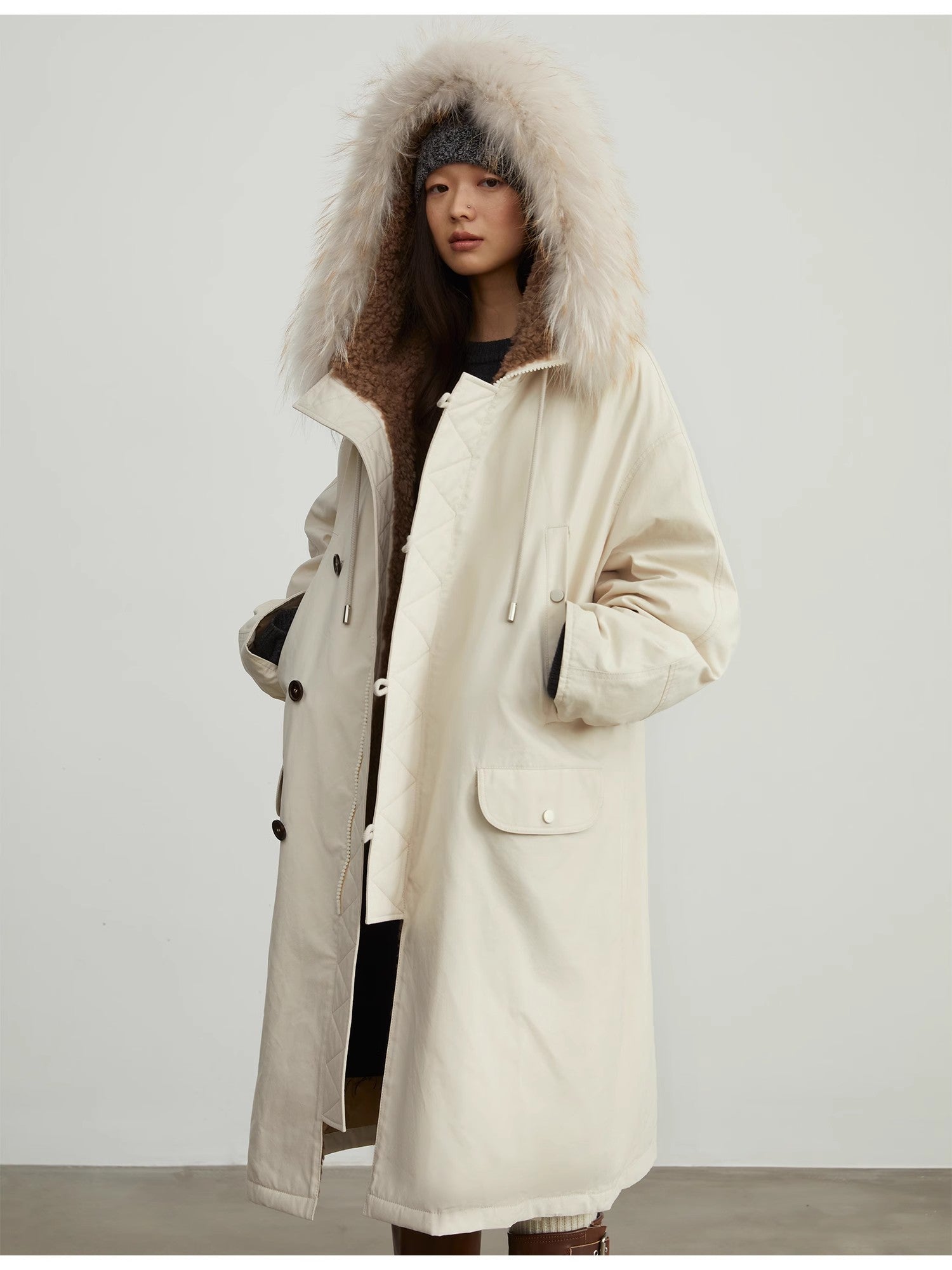In the fashion industry, fur has always been a controversial topic. On the one hand, people love the luxury and warmth of fur; on the other hand, due to concerns about animal welfare and environmental protection, more and more people are opposed to fur. With the development of technology, faux fur came into being. Many people think that faux fur is an environmentally friendly alternative, but the fact is that real fur is more environmentally friendly than faux fur.
1. Degradability
Real fur comes from natural animal fur, and its main components are protein and fat. When real fur is discarded, it can be decomposed by microorganisms in the natural environment and return to the natural cycle. According to experimental studies, natural fur begins to partially decompose within 30 days of burial, and usually degrades almost completely within a few months, which is similar to the degradation rate of organic matter such as oak or willow leaves.
In contrast, faux fur is a petroleum-based synthetic fiber product. It is mainly composed of chemical components such as polyester fiber and polyacrylonitrile fiber. These artificial fibers are extremely difficult to degrade in the natural environment. According to relevant data, artificial fur takes 500 to 1,000 years to degrade, and during the degradation process, it will also release harmful substances such as microplastics, causing serious pollution to the soil and water sources, and bringing long-term negative impacts to the ecosystem.
2. Environmental impact during the production process
(I) Resource consumption
The production process of real fur mainly involves animal breeding and fur processing. Although animal breeding requires the consumption of certain resources, such as feed and water, these animals can also produce other valuable by-products during the breeding process, such as meat and leather, realizing the comprehensive utilization of resources. Moreover, many fur animal farms have begun to adopt more scientific and efficient breeding methods to reduce resource waste.
The production of artificial fur is completely dependent on the petrochemical industry. Petrochemicals is a high-energy consumption and high-pollution industry. In the process of producing artificial fibers, a large amount of non-renewable resources such as oil and coal are consumed, and a large amount of pollutants such as wastewater, waste gas and waste residue are also generated. If these pollutants are not handled properly, they will cause serious damage to the environment.
(II)Use of Chemical Substances
During the fur processing process, some chemicals are indeed used, such as dyes and tanning agents. However, with the improvement of environmental awareness and the advancement of science and technology, the fur industry has been continuously developing and adopting more environmentally friendly processing technologies to reduce the use of chemicals, improve their utilization rate, and reduce pollution to the environment. For example, some advanced tanning technologies can use more environmentally friendly tanning agents, making the fur processing process greener and more sustainable.
In the production process of artificial fur, in order to make the fiber have better performance and appearance, a large amount of chemical additives and dyes are often required. These chemicals may be released into the environment during the production process, causing pollution to the air, water and soil. In addition, during the use of artificial fur, chemicals may be released due to washing and other reasons, which may cause potential harm to human health and the environment.
(III) Product Lifespan and Sustainability
Real fur is known for its excellent quality and durability. A high-quality real fur coat can be worn for decades or even longer if it is properly maintained. Its long service life means that in the same period of time, compared with the frequently replaced artificial fur, the resource consumption and waste generation of real fur are relatively small. Moreover, the service life of real fur can be extended by repairing and refurbishing, which further improves the efficiency of resource utilization.
Although artificial fur is relatively cheap, its quality and durability are usually not as good as real fur. Artificial fur is prone to pilling, fading, fiber breakage and other problems, and generally needs to be replaced after a few years. This leads to the waste of resources and the increase of waste, which is not in line with the concept of sustainable development.
4. Impact on animal welfare
When it comes to real fur, many people will think of the suffering of animals. However, the actual situation is not the case. Nearly 85% of the world's real fur comes from professional fur animal farms. In order to ensure the high quality of fur, these farms will strictly abide by animal welfare regulations and provide animals with a good living environment and feeding conditions. Animals can move freely, rest and eat in this environment, and humane methods will be used during the slaughter process to minimize the suffering of animals.
In contrast, although artificial fur does not directly harm animals during the production process, the pollution caused by its production process to the environment will eventually threaten the survival of wild animals. In addition, the production process of some artificial furs may also involve issues such as unfair treatment of workers. From a broader perspective, there are also certain ethical disputes.
In summary, compared with artificial fur, real fur has shown its environmental advantages in terms of degradability, environmental impact during the production process, product life and sustainability, and impact on animal welfare. This is not to deny the existence value of artificial fur, but to hope that consumers can have a more comprehensive and objective understanding of fur products of different materials, and while pursuing fashion, they can also contribute to environmental protection. In the future development of fashion, we also look forward to more truly environmentally friendly and sustainable fashion choices.




